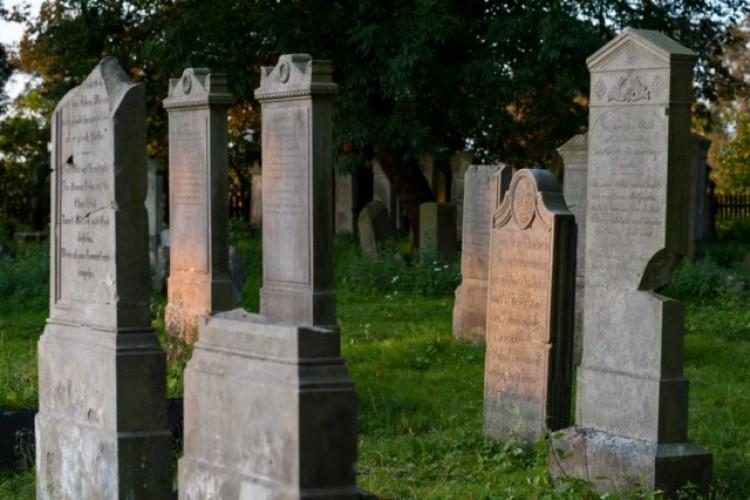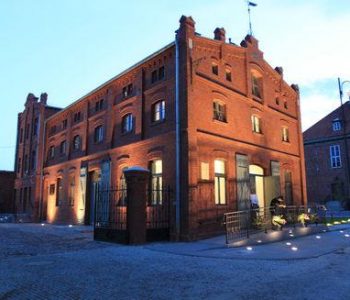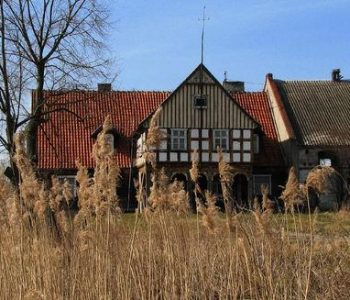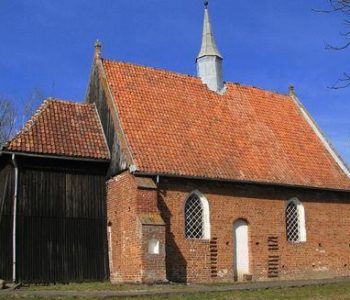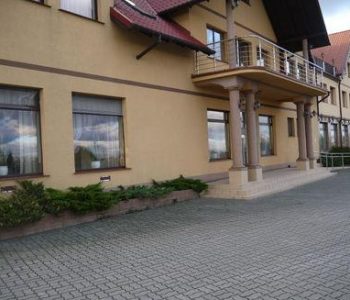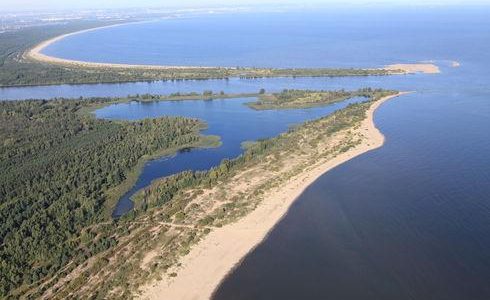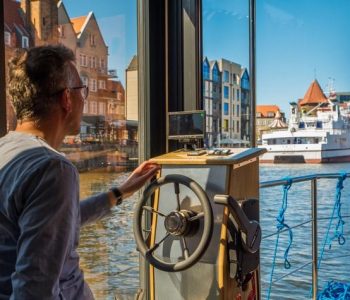First of all, they rejected infant baptism, seeing it as not in keeping with the Bible. The movement started to spread over the whole of Europe, particularly Germany and the Netherlands. Two factions appeared in the Netherlands – the radical revolutionary movement, and the peaceful movement. As the radical movement was violently suppressed, survivors started joining the peaceful faction. One of the individuals that kept the scattered followers together was Menno Simons, a Catholic priest. Hence “the Mennonites” – the name that became associated with the faction.
Mennonites believe that the Holy Bible is the only authority. They did not recognise the authority of Rome and the view that salvation requires participation in rites and replaced infant baptism with adult baptism. They were not allowed to go to war or hold offices. The increasing persecution and lack of free land forced the Mennonite groups to emigrate, and one of their destinations was the Polish-Lithuanian Commonwealth, which, at that time, was tolerant to dissenters.
In Żuławy, they inhabited the land that needed to be drained, secured it from future floods, and developed it. After the great floods that came in the 16th Century the Mennonites modernised and repaired the drainage system on their lands.
Most Mennonites emigrated to Russia in the early 18th Century. Those remaining under Prussian partition faced gradual Germanisation, and finally left Żuławy in 1945.
Today the Żuławy land offers the Mennonite Route, which links the places related to the people of that denomination with the history of their settlement in this area. Apart from the route, the Mennonite presence is testified to by the graveyards they left in Żuławy. The Żuławy Musuem has a permanent exhibition dedicated to Dutch settlers. It shows their problems and the way they adapted to new conditions, while presenting their cultural and religious identity.
